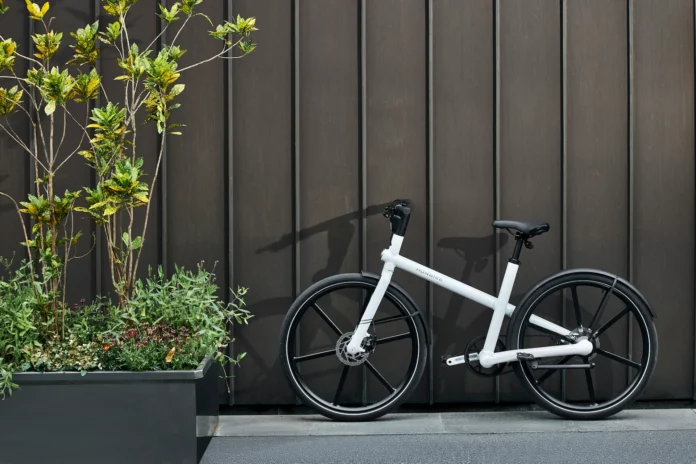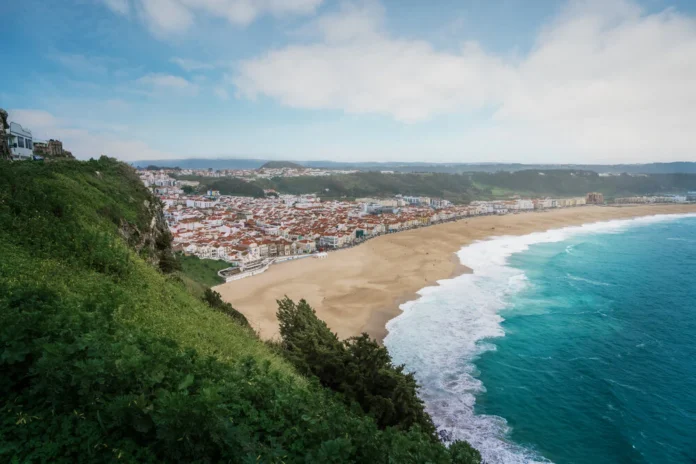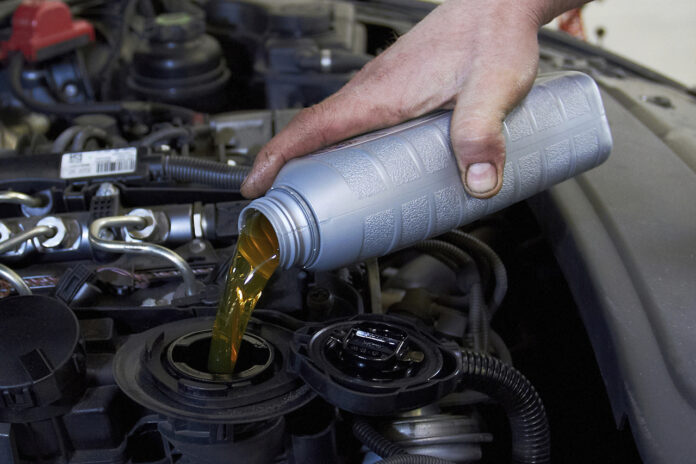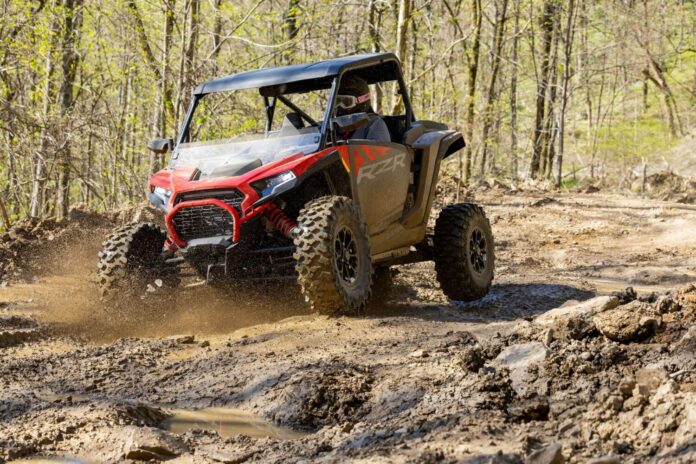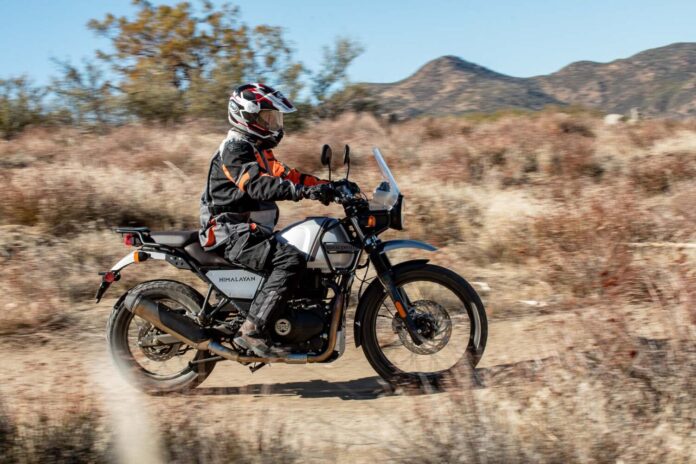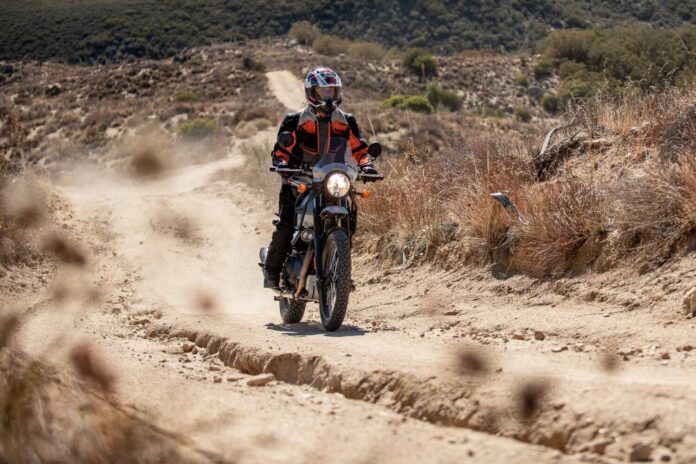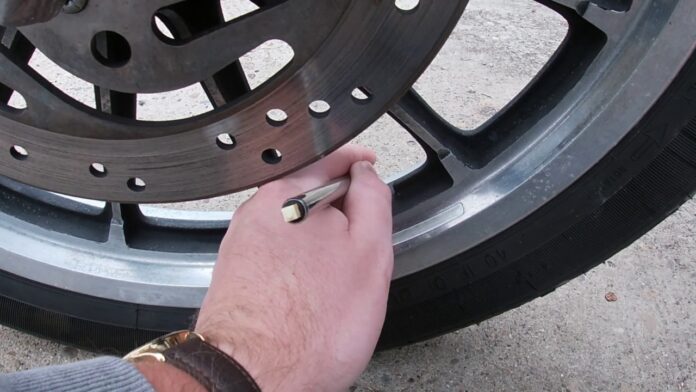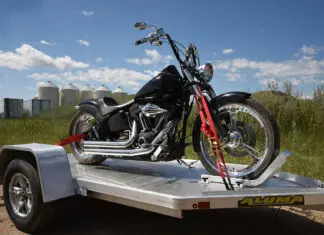Whether you are a professional motorcycle racer or an avid motorcycling enthusiast, you’ll come across several situations in which you cannot ride your motorbike to the required destination.
In such cases, opting to hire a transportation company is both expensive and time-consuming, especially for recreational purposes.
However, once you understand the basics of transporting a motorcycle in a trailer, you’ll not need professional service.
That is because once you are through with this article, you’ll know the best transportation equipment, along with the best way to secure your motorcycle inside of the trailer.
Equipment Required For Transporting A Motorcycle In A Trailer
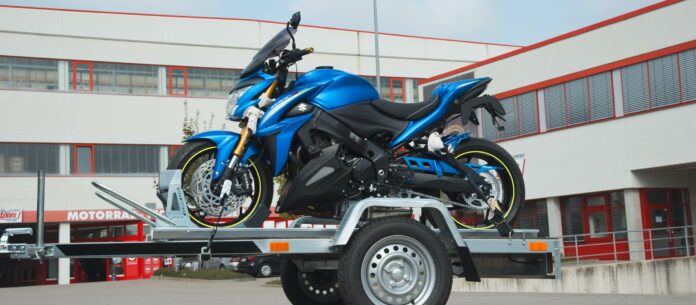
Not all trailers are built for transporting heavy machinery. Therefore, the most important equipment required for transporting a motorcycle in a trailer is a good trailer with ample space and load-bearing anchors.
On www.maximinc.com, you can find such a trailer, along with a wide range of multipurpose trailers, both new and used, which can be delivered straight to your doorstep.
The next most important piece of equipment required is tie-downs. If you plan on transporting motorcycles often, then opt for thick, strong, and heavy-duty tie-downs and ratchet straps; it’ll be worth the investment.
Another useful piece of equipment is a wheel block to stop the front wheel of the motorcycle from moving around while you are hauling the motorcycle inside the trailer. Lastly, you’ll require a motorcycle cover to protect you from roadside debris.
How do you transport the motorcycle in the trailer?

Preparing the motorcycle for transportation significantly improves the journey. While you are planning your journey, make sure that your motorcycle is currently insured.
An active insurance policy on the motorcycle helps protect you financially from any damages incurred during transportation.
You must also lower the pressure of your tires before hauling it in the trailer. With low tire pressure, your bike is more equipped to absorb harsh and sudden vibrations caused while traveling on a bumpy road at high speeds.
Additionally, emptying the gas tank of the motorbike will prevent accidental spillage and leaks.
Once your bike is all sorted, it is time to haul it on the trailer. The ramp of the trailer should be sturdy with an adequate incline.
You can buy a ramp from a mechanic if your trailer doesn’t have one. Finally, to get the motorcycle inside the trailer, enlist the help of a friend or family member. It is not advised to ride the bike to get it inside the trailer as it can damage the trailer.
Now that the motorcycle is inside the trailer let us focus on how to secure it.
Place the wheel chock
It can be annoying to haul a heavy motorcycle inside a trailer when the front wheel of the bike is constantly moving. By placing a wheel chock in the front tire, you can keep it straight while hauling and during transportation.
Prepare the trailer
Ensure that there is nothing important inside the trailer aside from the motorcycle and that it has several anchor points for the tie-downs. Also, make sure that the trailer car is attached properly to the towing car.
Anchor the tie-downs
The next step is to clamp the tie-downs to four anchor points in the trailer, two in the front and two in the back. You can add two more tie-downs on either side of the motorbike if it is heavier or bigger than an average bike.
Make sure that each tie-down is properly attached to the trailer and is long enough to reach the motorcycle.
Secure the motorcycle
Ask your companion to hold the motorcycle in the middle of the trailer in an upright position. Then, pick the first tie-down in the front of the trailer and bring it towards the front of the motorcycle.
Start tying the tie-downs to a sturdy part of the motorcycle’s skeleton that is also above the wheel. Use ratchet straps to carefully secure the rope to the motorcycle.
Similarly, secure the rest of the tie-downs to the back of the motorcycle. At the back of the motorcycle, make sure that the tie-downs are strapped at a 45-degree angle from the trailer to a stable point above the chassis of the bike.
Check for safety
Once the tie-downs are attached to the motorcycle, gently rock the bike and tug at the rope to test whether the bike is ready for transportation.
Finally, cover your motorcycle, remove the ramp, place it inside the trailer, and lock the tailgate of the trailer. Your motorcycle is all ready to be transported.
How to stop a motorcycle from rolling back and forth in a trailer?

You can avoid the risk of your motorcycle rolling back out of the trailer during an uneventful situation by constantly applying brakes. You can do so by wrapping a cord around the brake lever. This will keep the motorcycle’s brakes engaged, preventing any movement.
Should you keep the bike in gear while transporting it?
People either strongly believe that you should keep the bike in gear, or they strongly oppose this stance. It is fine to keep the bike neutral while transporting when the bike is tightly sacred.
However, if you have a small trailer and are afraid that slightly rolling forward or backward can cause damage to your car or motorcycle, then keeping the bike in first gear can prevent that from happening.
Motorcycle Transportation No-Nos
Taking shortcuts while securing your motorcycle inside a trailer can be extremely costly and unfortunate, especially when damage caused during transportation is completely avoidable. For instance, do not penny-pinch while getting tie-downs and ratchet straps.
Choose a sturdy spot for tying the straps on your motorcycle instead of choosing the most convenient spots. Also, do not attempt to transport an uninsured motorcycle, as any damages incurred during the journey would have to be covered out of pocket.
Conclusion
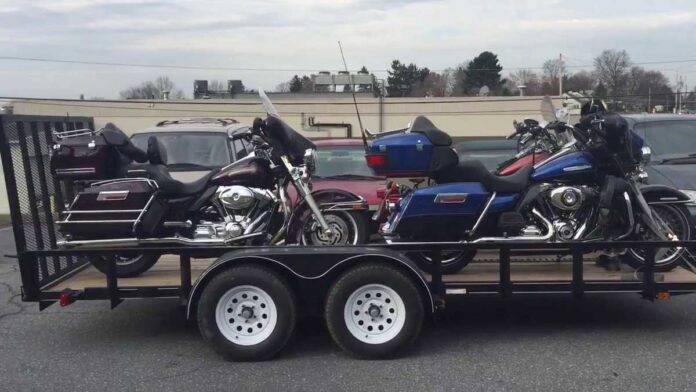
Transporting your motorcycle on your own for professional or recreational purposes allows for a great deal of flexibility. Save yourself from the hassle of booking professional transporters and from frivolous money spent by transporting your motorbike in a trailer.














